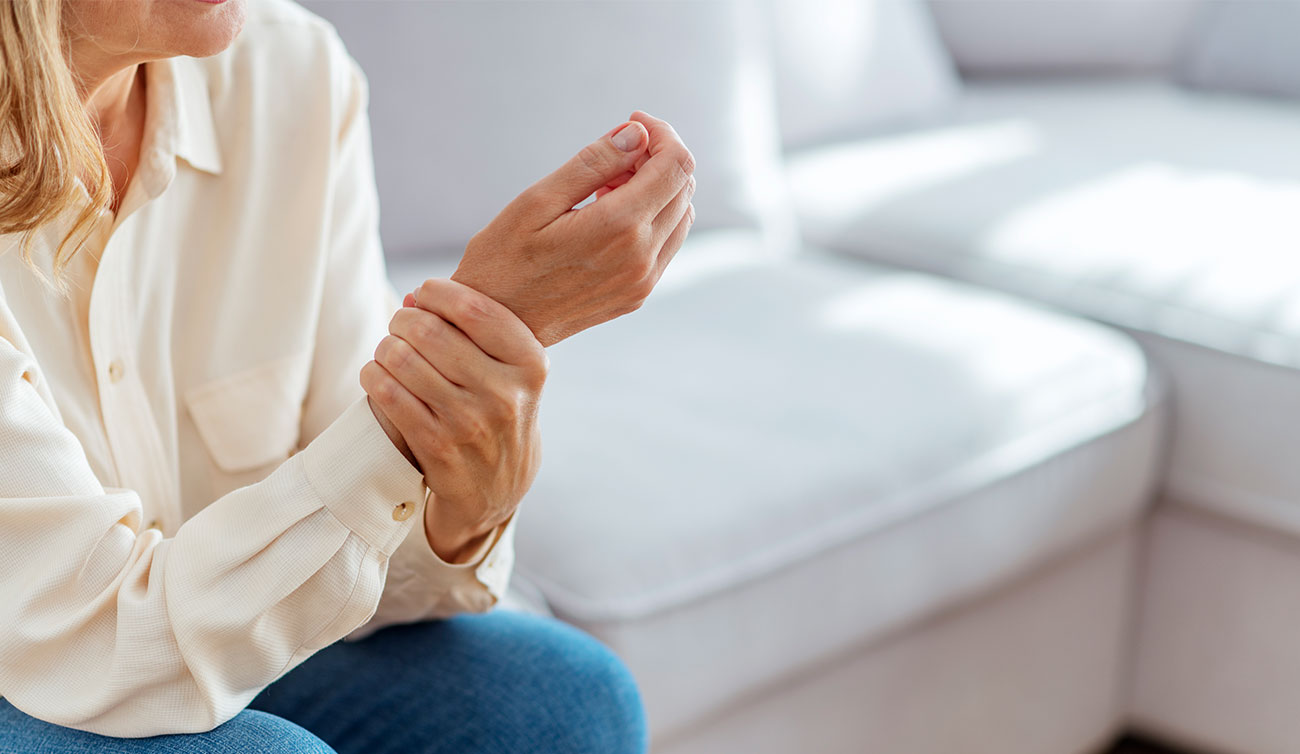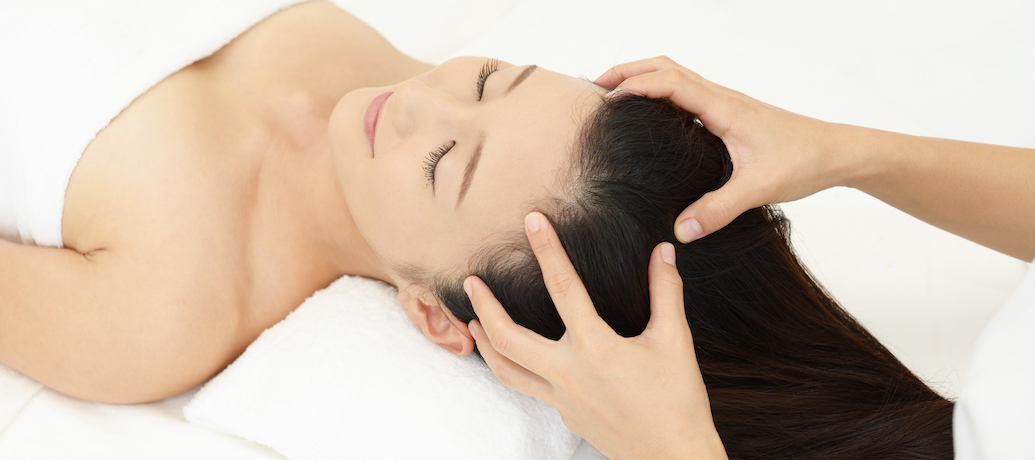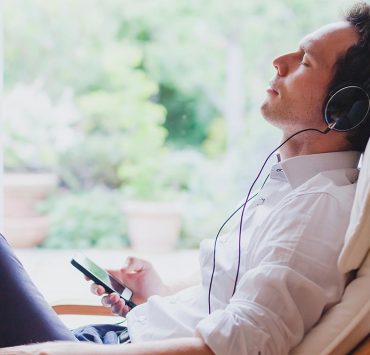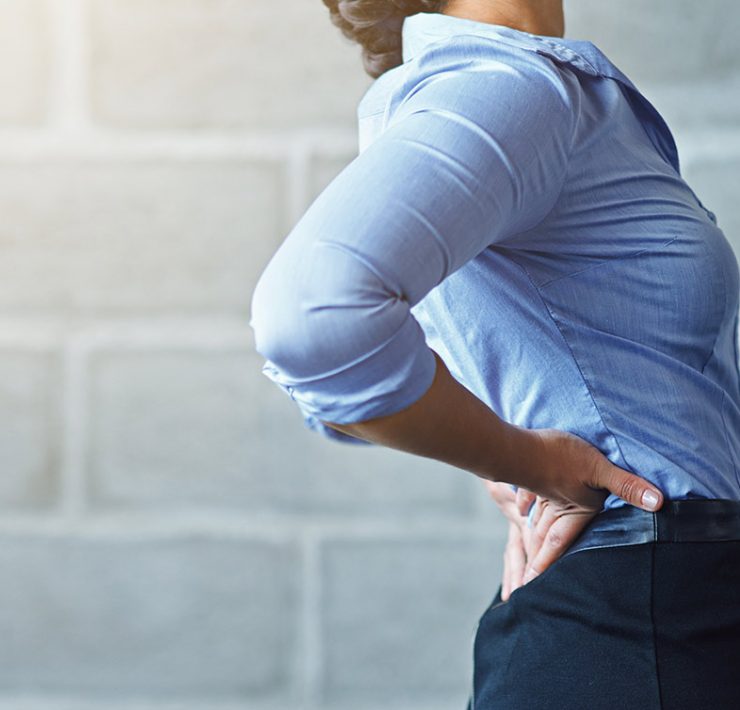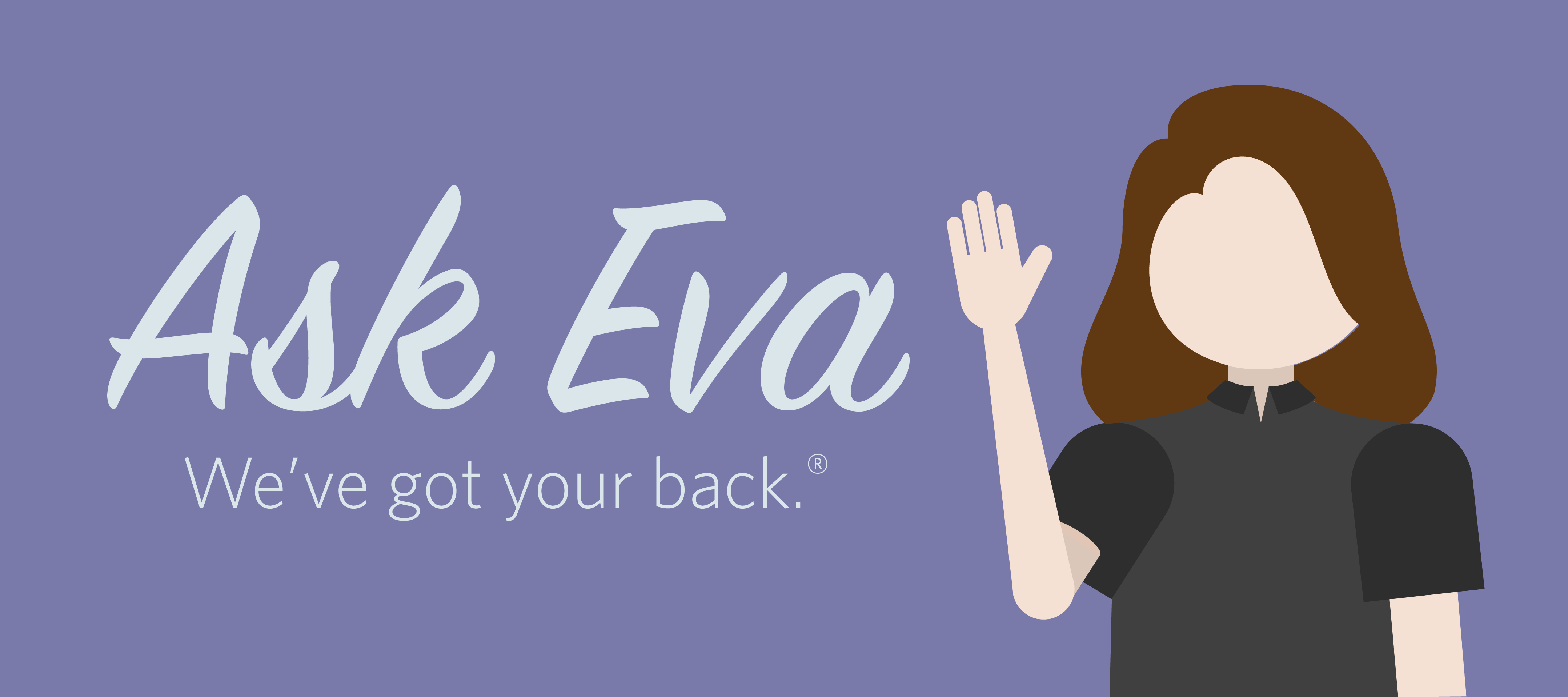What is Arthritis?
Arthritis is not just one condition – it is an umbrella term used to describe the swelling and inflammation of joints. Two of the most common types of arthritis are osteoarthritis and rheumatoid arthritis, though other kinds exist. In addition, several conditions, while not called arthritis, may cause symptoms similar to arthritis.
Common Types of Arthritis
- Osteoarthritis
- Rheumatoid arthritis
- Juvenile arthritis
Osteoarthritis occurs when the cartilage that cushions bones and joints starts to wear down over time. It commonly starts to crop up after the age of 50, and affects women more often than men. Other factors that can contribute to osteoarthritis include overuse, obesity (which puts more pressure on joints), injury, and a family history of the condition. Osteoarthritis can cause pain, stiffness, swelling, and weakness around joints, commonly the fingers, knees, hips, and feet.
Rheumatoid arthritis is an autoimmune disease, where the immune system attacks synovial membranes, connective tissue lining open cavities in joints, tendon sheaths, and bursae (cushioning sacs between tendons and bones). In its acute stage, rheumatoid arthritis can cause joints to become painful, stiff, and hot. Joints most commonly affected are knuckles, wrists, and ankles. Knees and neck joints are less commonly affected. As with all chronic immune diseases, acute occurrences can be frequent or rare. (from A Massage Therapist’s Guide to Pathology by Ruth Werner)
Juvenile arthritis affects children under the age of 16. Several types of juvenile arthritis are grouped under the term juvenile idiopathic arthritis, or JIA. Children with JIA experience chronic inflammation of joints, and sometimes skin, eye, and internal inflammation as well.
Other conditions, such as lupus and fibromyalgia, can have similar effects as arthritic conditions, such as joint pain and swelling.
Effects
While arthritic conditions may have different origins, arthritis, if untreated, can lead to joint damage, impaired mobility, weight gain, increased incidence of falls, and depression/anxiety.
Treatment
Medication for arthritis will depend on the type of arthritis. For osteoarthritis, painkillers and anti-inflammatory drugs, both over the counter and prescription, are used, including aspirin, naproxen, acetaminophen and ibuprofen.
Other treatments for more advanced osteoarthritis can include cortisone or hyaluronic acid injections, massage, physical therapy, and even surgery.
For rheumatoid arthritis, while standard NSAIDs (anti-inflammatory) drugs like ibuprofen are used, doctors may treat the autoimmune condition with corticosteroids and special anti-rheumatologic drugs as well.
Along with medication, people with RA are advised to undergo lifestyle changes to enhance mobility and reduce stress, including diets rich in fiber, omega-3 fatty acids, and antioxidants, stretching, massage and exercise, and reduction of stress.
Massage for Arthritis
Many arthritic symptoms are alleviated by massage. A 2018 study of patients with osteoarthritis found a significant increase in mobility and decrease in pain in subjects who had received regular whole-body massage as opposed to the control group.
Autoimmune conditions, including rheumatoid arthritis, are often triggered by stress. Massage has been proven to reduce stress hormones like cortisol and induce relaxation and well-being, thus reducing stress conditions that can trigger RA flares.
Other studies have found that deep tissue massage can effectively treat stiffness and pain in the neck and back, often as well as NSAIDs, and more so than acupuncture and health education.
For Therapists
Not all arthritis conditions are created equal. Ask what kind of arthritis your client has.
For osteoarthritis, gentle heat therapy may decrease joint stiffness – consider bringing hot stones or similar. Gentle movement therapy, such as stretching, can also be effective.
Firmer pressure, such as a deep tissue massage, may be better for rheumatoid arthritis sufferers than light massage. A study found greater improvement in RA patients when moderate to strong pressure was used versus light pressure in massage.
Marcy is the SVP of People and Communications at Zeel. In addition to overseeing the humans of Zeel, Marcy has written about workplace topics for more than 20 years both at Zeel and as VP of Content for Vault.com, a career information web site and publisher.

